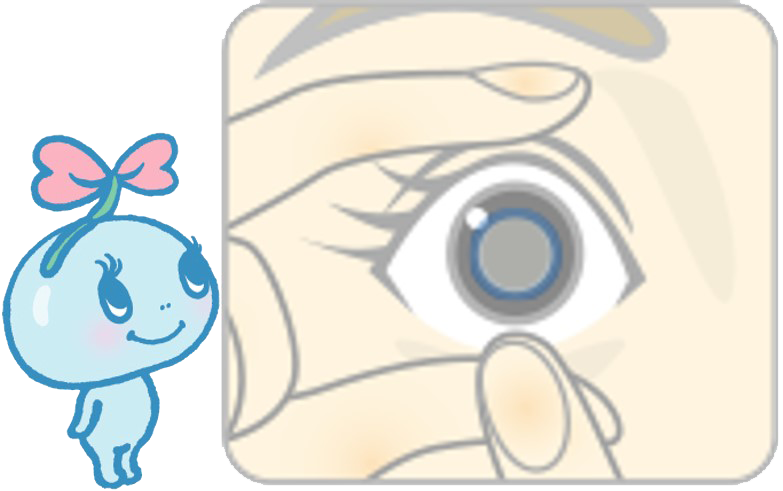
5 Steps to Wearing Contact Lens



To help users distinguish between the inside and outside faces, Seed 1dayPure Series contact lens has 2 marks on every lens to ensure easy handling and safe usage.



4 Steps to Removing Contact Lens




Cleaning Contact Lenses
Daily disposable contact lenses are for one-time use and should be disposed off after use. These lenses do not require cleaning. Other types of disposable lens which are used over a longer period of time can house micro-organisms or build up deposits, possibly causing eye infections or discomfort if not cleaned properly. Therefore, it is important to clean and maintain the contact lens regularly. Cleaning contact lenses is quick and simple. All you need to do is:- Once your lens is in your palm, squeeze fresh cleaner onto its surface.
- Rub the lens with the pads of your fingers for 30 seconds.
- Repeat for the other side of the lens.
- Put the lens into your case, cover it with fresh solution, and then cap.
Foods for Healthy Eyes
There are plenty of foods that will help with healthy eyes, carrot is probably the most famous of them. There's more to eye nutrition than just carrots. Learn which foods boost your eye health and help protect against sight-threatening diseases.

Common Eyesight Problems
The most common vision problems are refractive errors, more commonly known as nearsightedness, farsightedness, astigmatism and presbyopia. Refractive errors occur when the shape of the eye prevents light from focusing directly on the retina. The length of the eyeball (either longer or shorter), changes in the shape of the cornea, or aging of the lens can cause refractive errors. Most people have one or more of these conditions. The cornea and lens bend (refract) incoming light rays so they focus precisely on the retina at the back of the eye.
(also called myopia) is a condition where objects up close appear clearly, while objects far away appear blurry. With nearsightedness, light comes to focus in front of the retina instead of on the retina.
Farsightedness(also called hyperopia) is a common type of refractive error where distant objects may be seen more clearly than objects that are near. However, people experience farsightedness differently. Some people may not notice any problems with their vision, especially when they are young. For people with significant farsightedness, vision can be blurry for objects at any distance, near or far.
AstigmatismIs a condition in which the eye does not focus light evenly onto the retina, the light-sensitive tissue at the back of the eye. This can cause images to appear blurry and stretched out.
PresbyopiaIs an age-related condition in which the ability to focus up close becomes more difficult. As the eye ages, the lens can no longer change shape enough to allow the eye to focus close objects clearly.
- Double vision.
- Haziness
- Glare or halos around bright lights
- Squinting
- Headaches
- Eye strain
